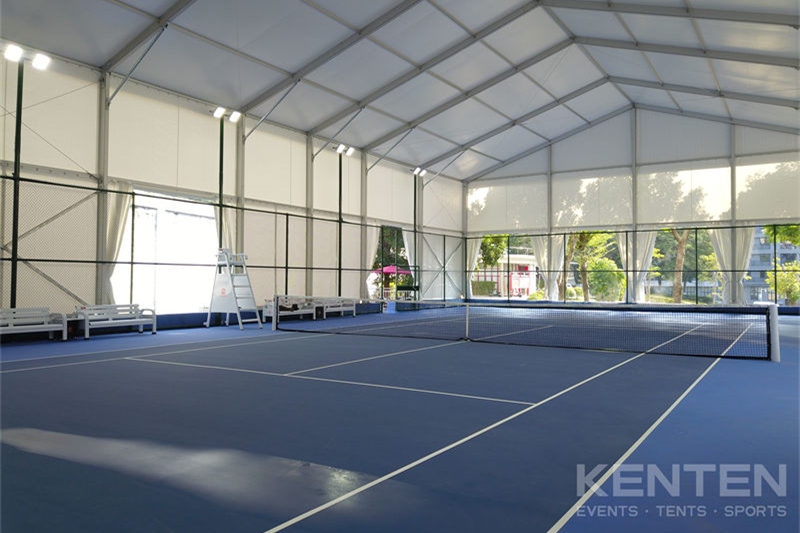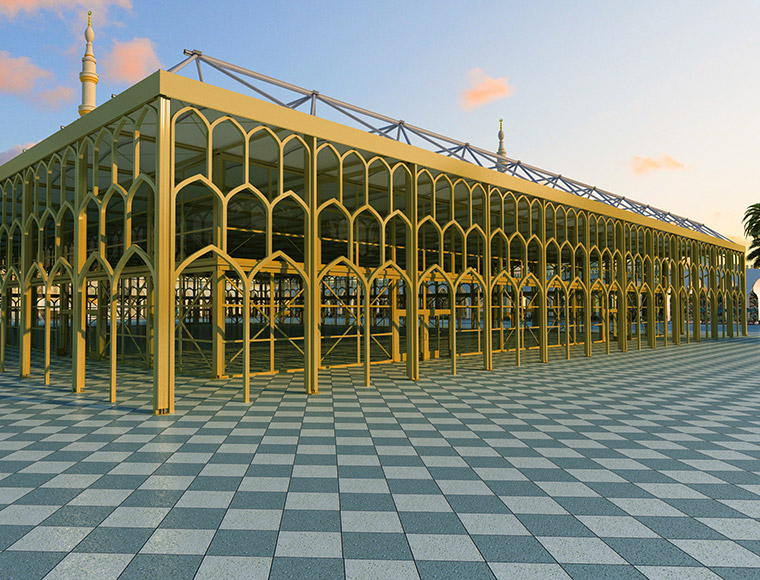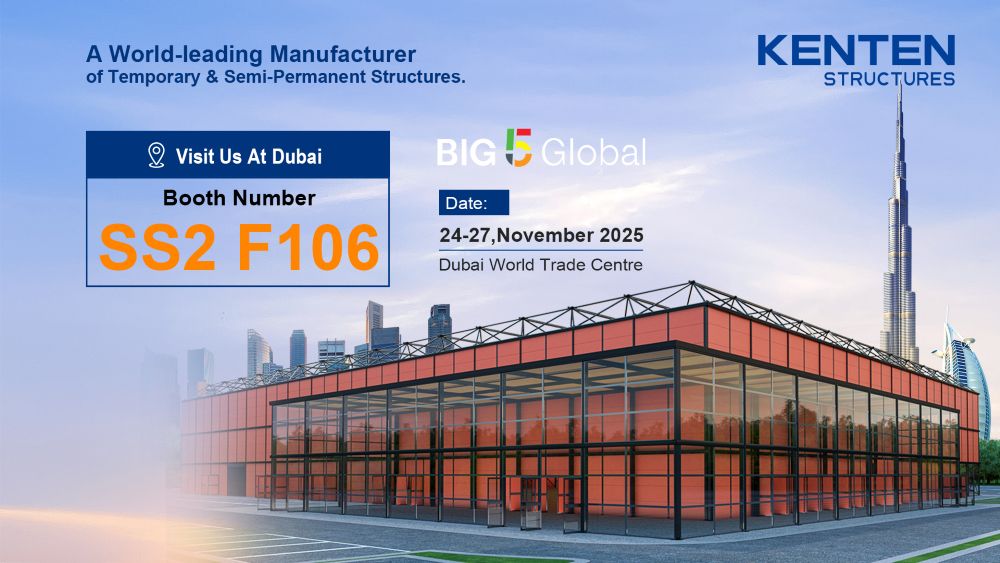



Understanding the Layout and Dimensions of Indoor Soccer Fields
Indoor soccer fields, often referred to as futsal courts, are typically rectangular in shape and have dimensions that differ significantly from outdoor soccer pitches. According to FIFA regulations, an indoor soccer field should measure between 25 meters to 42 meters (82 to 138 feet) in length and 15 meters to 25 meters (49 to 82 feet) in width. The goalposts should be 3 meters (9.8 feet) wide and 2 meters (6.6 feet) high.
These smaller dimensions are designed to enhance the technical skills and tactical awareness required in indoor soccer, making it distinct from its outdoor counterpart.
Comparing Indoor Soccer Fields with Other Sports
To put the dimensions of indoor soccer fields into perspective, let's compare them with the playing areas of other popular sports:
- Basketball Courts: Standard basketball courts measure 28 meters (90 feet) by 15 meters (49 feet), slightly larger than most indoor soccer fields.
- Volleyball Courts: Volleyball courts are significantly smaller, measuring 18 meters (59 feet) by 9 meters (29.5 feet).
- Tennis Courts: Tennis courts for singles matches are 23.77 meters (78 feet) long and 8.23 meters (27 feet) wide, much narrower than indoor soccer fields.
This comparison highlights the unique space requirements for indoor soccer, which necessitate larger facilities compared to many other indoor sports.
Advantages of Using Large Aluminum Alloy Tents for Indoor Soccer Facilities
Large aluminum alloy structures, like those offered by manufacturers such as KENTEN, have become increasingly popular for constructing indoor soccer arenas due to several compelling advantages:
1. Modular Design: Aluminum alloy tents can be easily assembled and disassembled, allowing for quick setup and relocation if necessary. This makes them ideal for temporary or semi-permanent facilities.
2. Durability and Weather Resistance: These structures are built to withstand harsh weather conditions, ensuring the safety and integrity of the facility year-round.
3. Cost-Effective: Compared to traditional brick-and-mortar buildings, aluminum alloy tents offer significant cost savings in terms of construction, maintenance, and energy consumption.
4. Customizability: The size and layout of aluminum alloy tents can be customized to meet the specific needs of each indoor soccer arena, whether for competitive play or community recreation.
Conclusion:
Indoor soccer arenas require specialized dimensions to accommodate the fast-paced nature of the game. By using large aluminum structure tents, facility managers can create versatile, durable, and cost-effective indoor soccer spaces that enhance the player experience while meeting the logistical demands of modern sports facilities. Whether you're planning a new arena or upgrading an existing one, considering aluminum alloy structures can be a smart investment for your indoor soccer facility.

KENTEN's temporary tennis court facilities are redefining the way tennis is played and the court – providing world-class courts that can be set up anytime, anywhere.

Designed for both temporary and semi-permanent use, this structure offers a balance between durability, aesthetics, and space efficiency — making it ideal for exhibitions, corporate events, sports pavilions, and hospitality lounges.

Get ready for Big 5 Global 2025, happening 24–27 November at the Dubai World Trade Centre!